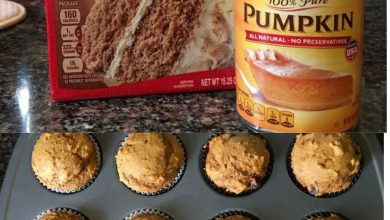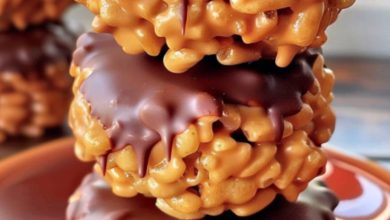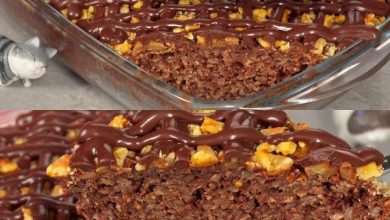Melted Milk Chocolate or Dark Chocolate

Indulging in a smooth, velvety, and luscious melted chocolate experience is truly divine. Whether you prefer the sweet creaminess of milk chocolate or the intense richness of dark chocolate, learning how to melt it to perfection is an art every dessert enthusiast should master. This article will guide you through an easy-to-follow recipe to melt milk chocolate or dark chocolate and present it in a delightful and captivating way. So, get your apron on and let’s dive into the world of heavenly melted chocolates.
ADVERTISEMENT
1. What is it?
Melted chocolate is the result of heating chocolate until it reaches a liquid state, allowing it to be poured and shaped into various forms. It is a fundamental technique used in baking, confectionery, and dessert-making.
ADVERTISEMENT
2. Benefits
Melted chocolate is not just a treat for your taste buds; it also offers numerous benefits. From enhancing the flavors of your desserts to providing a smooth texture, melted chocolate elevates any dish to a whole new level.
ADVERTISEMENT
3. Ingredients
Before we begin, let’s gather the ingredients for our melted chocolate recipe:
- High-quality milk chocolate or dark chocolate (choose your preference)
- Unsalted butter (optional, for added richness)
4. Equipment
To successfully melt chocolate, you will need the following equipment:
- Heatproof bowl
- Saucepan
- Spatula
- Water (for the double boiler method)
5. Step-by-Step Guide
– Preparing the ingredients
Ensure that the chocolate is chopped into small, uniform pieces. This aids in even melting and prevents the risk of burning. If you’re using butter, cut it into cubes for easy mixing.
– Melting the chocolate
There are two popular methods to melt chocolate:
a. Double Boiler Method
- Fill a saucepan with water and place it over low to medium heat.
- Place the heatproof bowl containing the chopped chocolate (and butter, if using) on top of the saucepan, ensuring it doesn’t touch the water.
- Stir the chocolate gently as it melts until it becomes smooth and glossy.
b. Microwave Method
- Put the chopped chocolate (and butter, if using) in a microwave-safe bowl.
- Microwave on low heat in short intervals, stirring every 15-20 seconds until it’s fully melted.
– Pouring and shaping
Once your chocolate is melted, you can pour it into molds, drizzle it over desserts, or dip fruits and cookies for a delectable coating.
6. Variations
Get creative with your melted chocolate! Add various ingredients like nuts, dried fruits, or even a pinch of sea salt to enhance the flavors.
7. Tips and Tricks
- Avoid contact with water while melting chocolate, as it can cause the chocolate to seize and become grainy.
- Use a silicone spatula for better control and to ensure no chocolate goes to waste.
- For a glossy finish, avoid overheating the chocolate.
FAQs
- Can I use any type of chocolate for melting? Yes, you can use either high-quality milk chocolate or dark chocolate based on your preference.
- Is it necessary to add butter to the melted chocolate? No, it’s optional. Adding butter can provide added richness to the melted chocolate.
- What is the double boiler method? The double boiler method involves placing a heatproof bowl containing chocolate over a saucepan of simmering water to melt it gently.
- Can I add other ingredients to the melted chocolate? Absolutely! Get creative and experiment with various ingredients like nuts, dried fruits, or spices to add extra flavors.
- What should I avoid while melting chocolate? Avoid any contact with water as it can cause the chocolate to seize and become grainy.
Mastering the art of melting milk chocolate or dark chocolate opens up a world of delectable possibilities. Whether you’re drizzling it over cupcakes, dipping strawberries, or creating beautiful chocolate decorations, melted chocolate adds an irresistible touch to your desserts. So, the next time you’re in the mood for a delightful treat, grab some chocolate and let your creativity flow!




